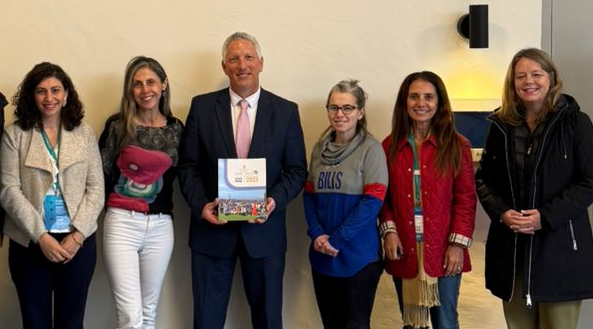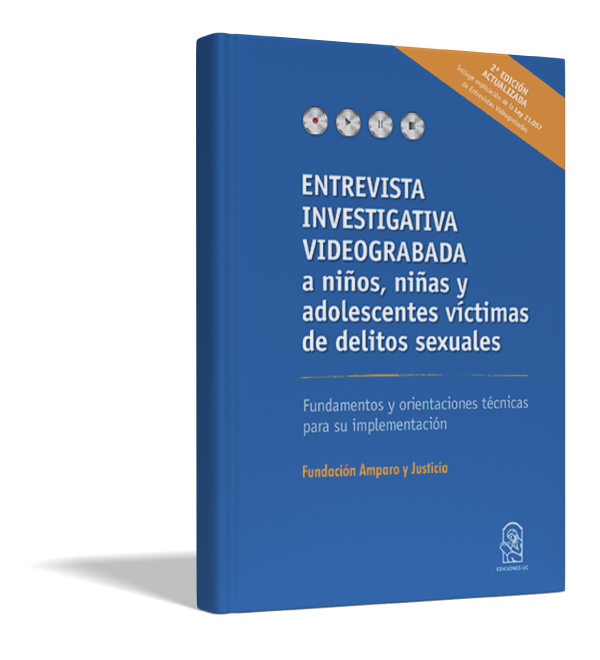James Holmes, former criminal investigation agent in Wisconsin (U.S.), in conversation with our Foundation, highlights the importance of interviewing the child’s caregivers, conducting a thorough investigation of the crime scene, reviewing medical records and family history, examining the digital environment, and analyzing forensic results.
According to international expert James Holmes, there are 5 key points for a thorough investigation in cases of death of a child or adolescent. Holmes, former special agent of the Wisconsin Division of Criminal Investigation, United States, emphasizes the importance of considering these aspects to solve these complex crimes.
“The first element is interviews with the caregivers. When we talk about ‘caregiver,’ we mean the mother, the father, or anyone who has been responsible for the child during the last 96 hours, that is, the past four days,” explains the former agent. “We are trying to determine if the child was alone, who was with him at that time, and, in general, anyone who cared for him during that period,” he adds.
Secondly, there is the investigation of the scene where the events took place. “The investigation of the scene is truly critical. It’s about going back to the child’s home and documenting the scene through photographs and videos, covering every corner,” he states, and goes on: “We must make sure that, even if it’s a baby who may have been in a crib and ended up in the hospital, we still need to properly document the scene.” “We need to check every room, the basement, open the refrigerator, the closets.” A key element for the expert is the use of a doll reenactment to carry out reconstructions. “A doll is used to talk with the caregivers as part of the interview, but also to recreate how the child was placed and how they were found,” says Holmes.
The third point highlighted by the specialist is the consideration of medical records, as well as the child’s family history and social background. “We need to collect all medical records from any place the child has been.” That allows us to create a timeline of events. We also need to know who else lives in the household. Have there been other child deaths in that family? “That is part of the family history,” he explains.
The fourth item Holmes raises is the digital environment and social media. On one hand, the expert explains, there are “the cell phones used by the parents: I want to know if they used them that day, if they sent text messages, to whom they sent them, if they made phone calls.” But interaction on social media is also relevant. “Who were they communicating with? Not only through the phone, but also on Instagram, Snapchat, or other platforms. What kind of communications were there? There might even be photographs. This also provides names of other people we could talk to about how the father, mother, or caregiver felt about the child,” he adds.
Finally, Holmes emphasizes the importance of forensic autopsy results and knowing “what kind of injuries the child has, if any. This is something I, as an investigator, cannot do, so we must rely on a forensic pathologist to perform the autopsy, as well as the child’s toxicology, to determine if they ingested anything or if there were injuries that caused their death. What exactly happened?” he concludes.






